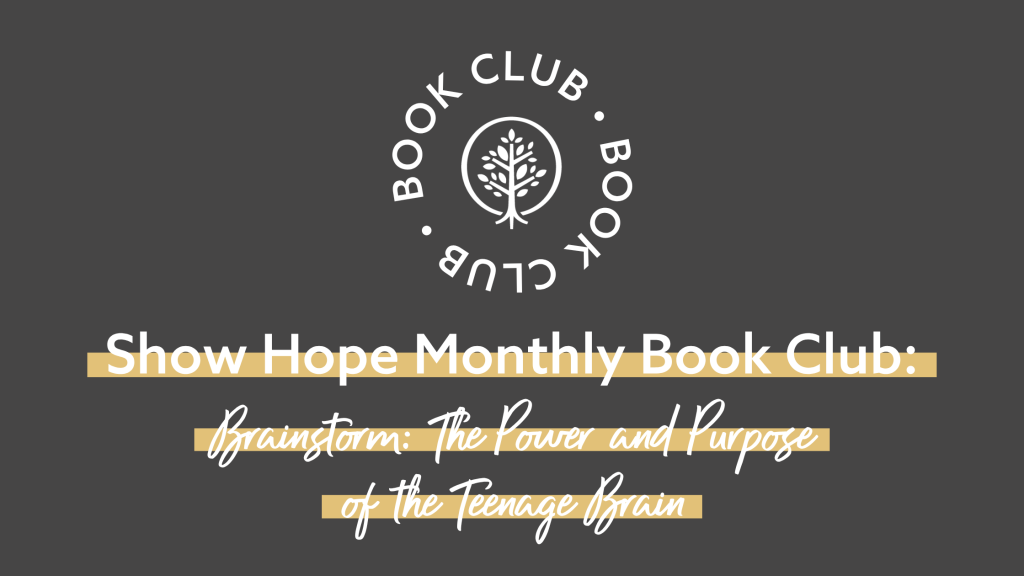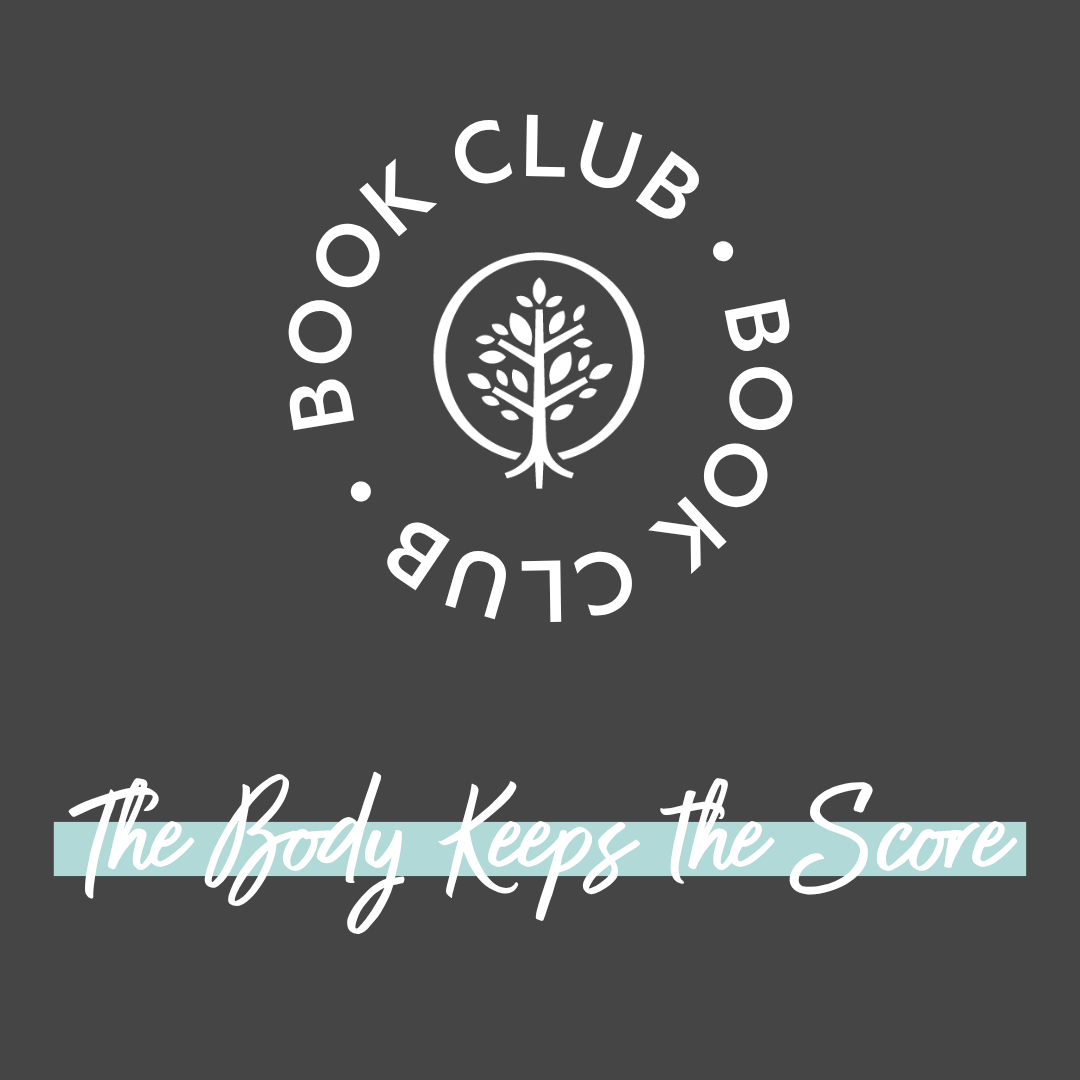Show Hope Book Club: Brainstorm: The Power and Purpose of the Teenage Brain by Dr. Dan Siegel

Brainstorm: The Power and Purpose of the Teenage Brain
In his book “Brainstorm: The Power and Purpose of the Teenage Brain,” award-winning educator and bestselling author Dr. Dan Siegel challenges the typical views of adolescence. He argues that adolescence—from 12 to 24—is a period of positive brain reorganization and growth rather than a phase of immaturity and turmoil. Ultimately, by exploring the neuroscience in teenage behavior, “Brainstorm” works to build understanding and connection between teens and their parents or caregivers, with an aim to dispel conflict that often arises in adolescence.
“‘Brainstorm’ is an interesting look at the teenage brain and its development. I appreciate how Dr. Siegel reframes our traditional thinking of the teen years by digging deep into what is actually taking place in our brains during those crucial years,” Show Hope Director of Communications Nathan Magness said. “I also really appreciate the book’s Mindsight Tools with more practical exercises for strengthening the brain and connection. I truly believe ‘Brainstorm’ is a great book parents or caregivers could read alongside the teens in their lives.”
Discussion Questions
The following are some questions to think through on your own or for conversation-starters within a group.
- Before reading the book, what were your existing thoughts about adolescence? How did the book challenge or confirm those thoughts?
- What was the most surprising piece of information you learned about the adolescent brain’s development (i.e. neuroplasticity, myelination, prefrontal cortex changes, etc.)?
- Dr. Siegel emphasizes that adolescence is a time of potential, not just risk or immaturity. How can we better harness that potential in our teens?
- Dr. Siegel uses the acronym ESSENCE to describe four core features of the adolescent brain: Emotional Spark, Social Engagement, Novelty Seeking, and Creative Explorations. How do these four ESSENCE qualities carry forward and contribute to a vital life even into adulthood?
- The book advocates for “mindsight,” the ability to understand one’s own internal mental life (thoughts, feelings, sensations) and that of others. How have you practiced “mindsight” in your own life? What did you learn about yourself and others in that?
- The book also offers specific “Mindsight Tools” at the end of chapters. Did you try any of those? If so, what did you find helpful or even challenging?
- Dr. Siegel emphasizes “reflective conversations” and active listening. What strategies from the book can help bridge the communication gap between adults and adolescents?
Join us in January for our next book club selection “Adopted for Life” by Dr. Russell Moore.




